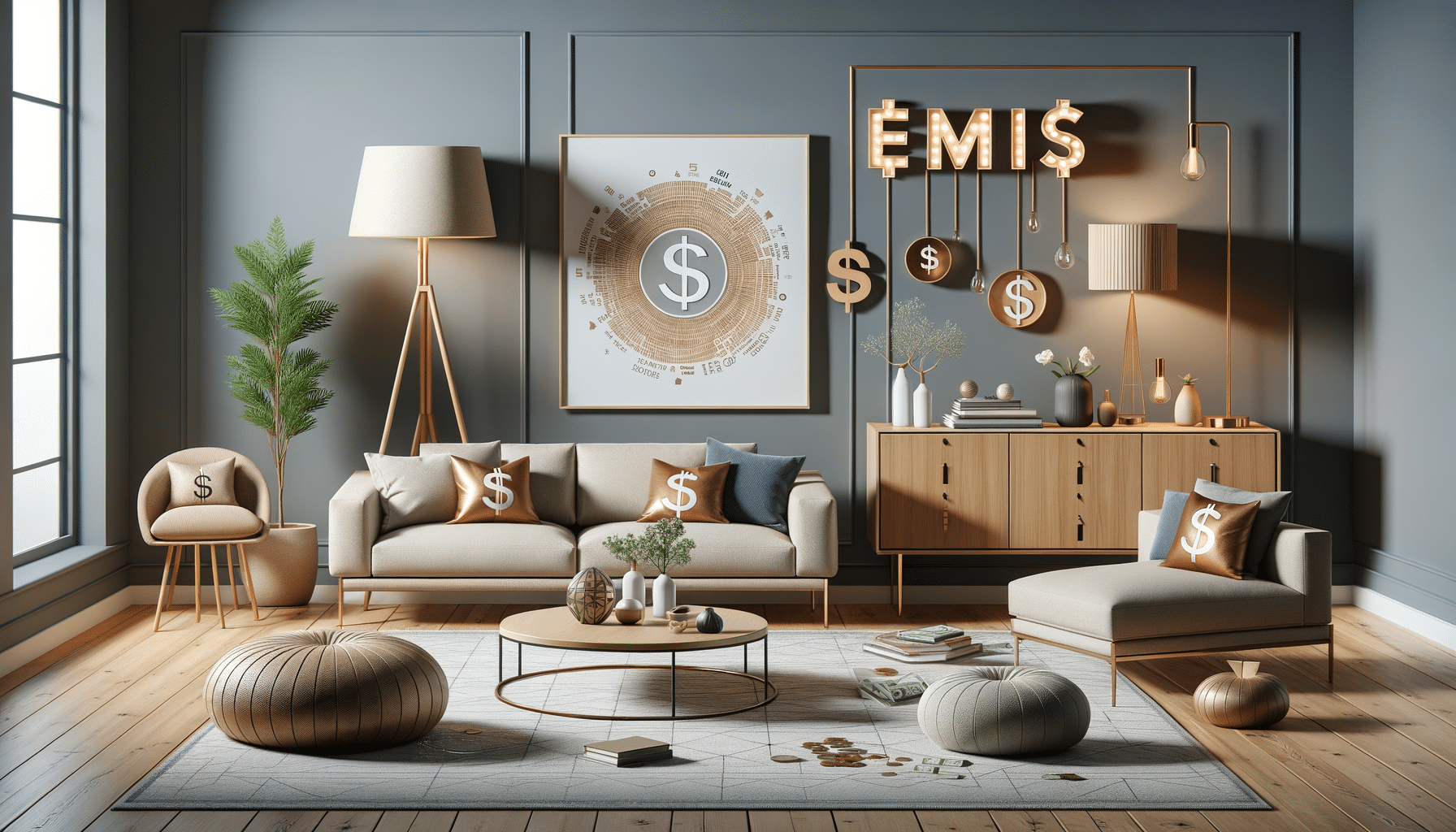
What you need to know about Buy Now Pay Later Furniture
Understanding Buy Now Pay Later Furniture
In recent years, the concept of “Buy Now Pay Later” (BNPL) has gained significant traction, especially in the furniture industry. This payment model allows consumers to purchase furniture without paying the full amount upfront. Instead, they can spread the cost over a period of time, making it a convenient option for many households. The appeal lies in the flexibility it offers, as it enables consumers to furnish their homes immediately while managing their budgets more effectively.
BNPL options in furniture retail often come with varying terms. Some retailers provide no-interest plans, while others might charge a low interest rate. These plans are typically structured to be paid off within a few months to a year, depending on the agreement. This flexibility can be particularly beneficial for those looking to make large purchases without depleting their savings or incurring high-interest credit card debt.
However, it’s essential to understand the terms and conditions of these plans. While they offer convenience, failing to adhere to the payment schedule can result in penalties or additional fees. Thus, consumers should carefully evaluate their financial situation and ensure they can meet the payment obligations before opting for a BNPL plan.
Exploring the Benefits and Drawbacks
The BNPL model offers numerous benefits, making it an attractive choice for many consumers. One of the primary advantages is the ability to acquire furniture without a significant initial financial outlay. This is particularly useful for individuals or families who have recently moved or are redecorating their homes and need to purchase multiple items at once.
Another benefit is the potential for no-interest or low-interest financing, which can make large purchases more manageable. By spreading payments over time, consumers can better align their expenses with their income, reducing financial strain. Additionally, this model often does not require a credit check, making it accessible to a broader audience.
However, there are drawbacks to consider. Missing payments can lead to fees, increased interest rates, or even damage to one’s credit score. Moreover, the ease of access to BNPL options might encourage impulsive buying, leading to unnecessary debt. Consumers should weigh these factors carefully and consider whether the long-term benefits outweigh the potential risks.
Comparing Buy Now Pay Later with Traditional EMIs
While BNPL and Equated Monthly Installments (EMIs) both offer ways to finance purchases, they have distinct differences. EMIs are a traditional financing method often associated with loans or credit cards, where the buyer pays a fixed amount monthly until the debt is cleared. These typically involve interest rates, which can vary based on the lender and the borrower’s creditworthiness.
In contrast, BNPL plans are usually offered directly by retailers or through third-party services, often with more flexible terms and sometimes without interest. This can make BNPL a more appealing option for those who want to avoid the complexities and potential high costs associated with traditional loans.
However, EMIs might offer more security and predictability, as they are often tied to established financial institutions. Consumers should assess their financial goals and preferences when choosing between these options, considering factors like interest rates, payment terms, and the potential impact on their credit score.
Tips for Choosing the Right Payment Plan
Choosing the right payment plan requires careful consideration of several factors. First, consumers should evaluate their financial situation and determine how much they can realistically afford to pay each month. It’s crucial to avoid overcommitting, as missed payments can lead to financial complications.
Next, comparing different BNPL and EMI options can help identify the most suitable plan. Consumers should look for plans with favorable terms, such as no-interest periods or low fees. Reading the fine print is essential to understand any hidden costs or penalties associated with the plan.
Additionally, considering the reputation of the retailer or financial service provider can offer peace of mind. Opting for well-regarded companies can reduce the risk of encountering issues down the line. Finally, consumers should consider their long-term financial goals and how a payment plan might impact their ability to achieve them.
Conclusion: Making Informed Financial Decisions
Buy Now Pay Later furniture options provide a flexible and accessible way to purchase home furnishings without immediate financial strain. However, it’s essential to approach these plans with caution and a clear understanding of the terms involved. By weighing the benefits and potential drawbacks, consumers can make informed decisions that align with their financial goals and lifestyle.
Whether choosing a BNPL plan or a traditional EMI, the key is to ensure that the payment structure fits within one’s budget and does not lead to unnecessary financial stress. By doing so, consumers can enjoy the comfort and style of new furniture while maintaining financial health.


